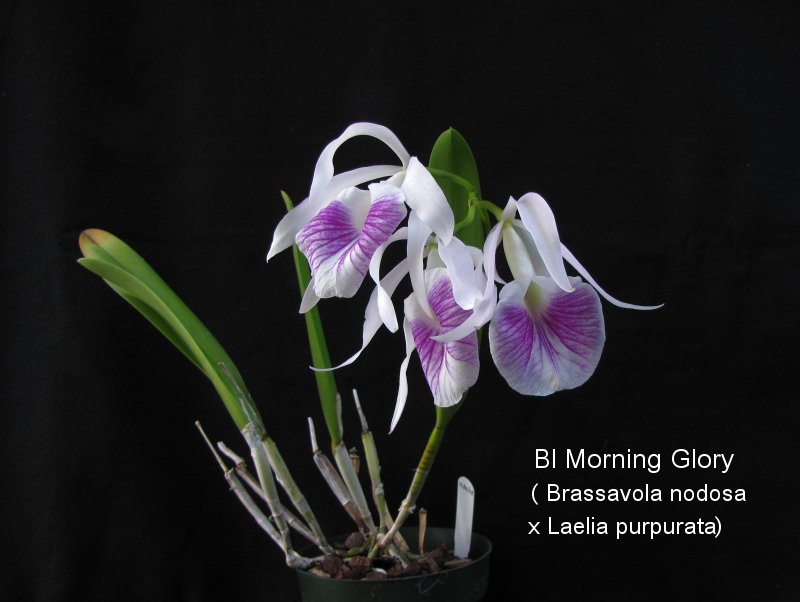
CATTLEYAS and RELATED GENERA
| These are Cattleyas and hybrids and other genera commonly crossed with Cattleya. They are found in the tropical parts of the Americas from Mexico to Brazil. |

|
The shape of the B. nodosa is combined with the color pattern typical of the L.purpurata. (above and below) |

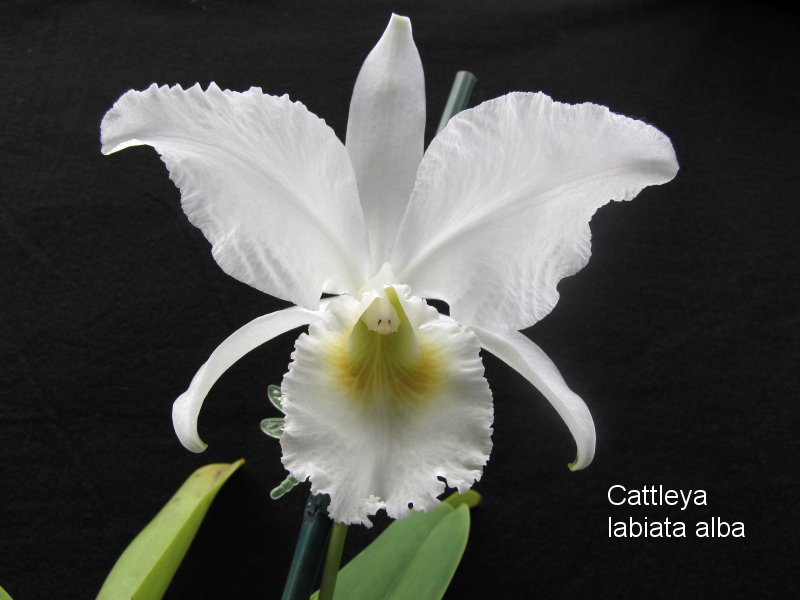
|
This is alba (white) form of the C. labiata. |
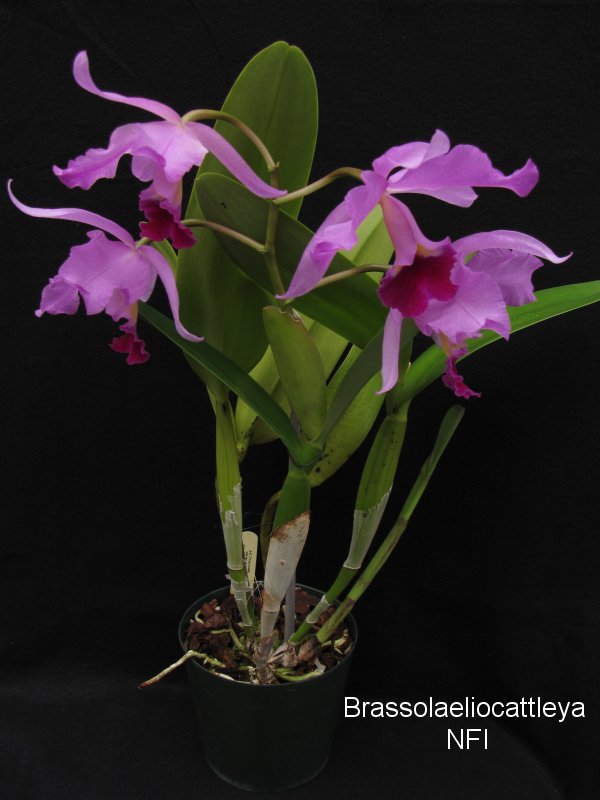
| The plant shown above and below is a good example of frugality in orchid growing. The previous owner misplaced the tag on the plant and, not wanting to own a plant not totally identified, offered it at auction. I bought it for a couple of dollars. |
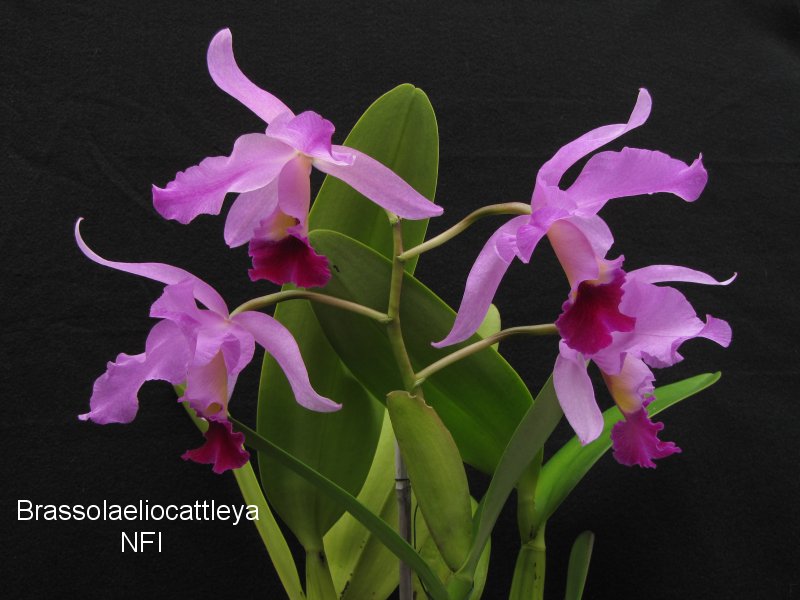
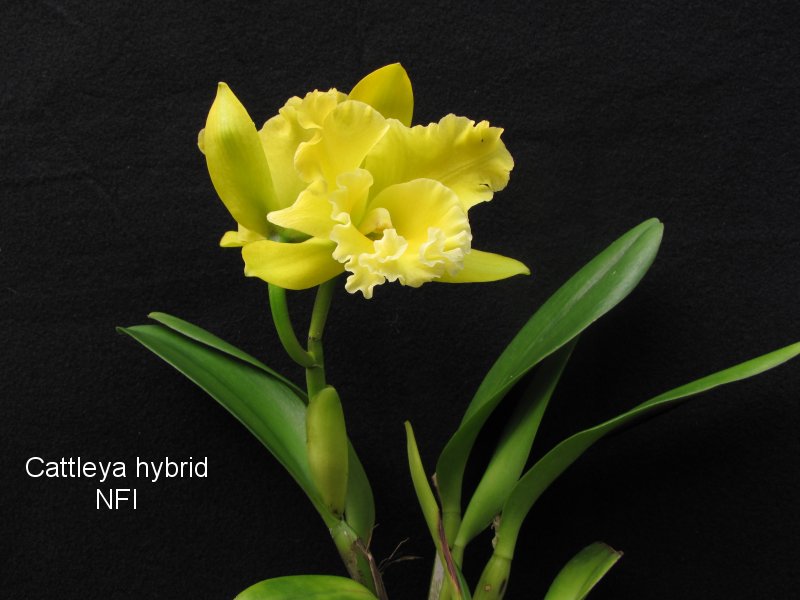
| Another plant with a lost tag which I picked up at auction for under $2, |
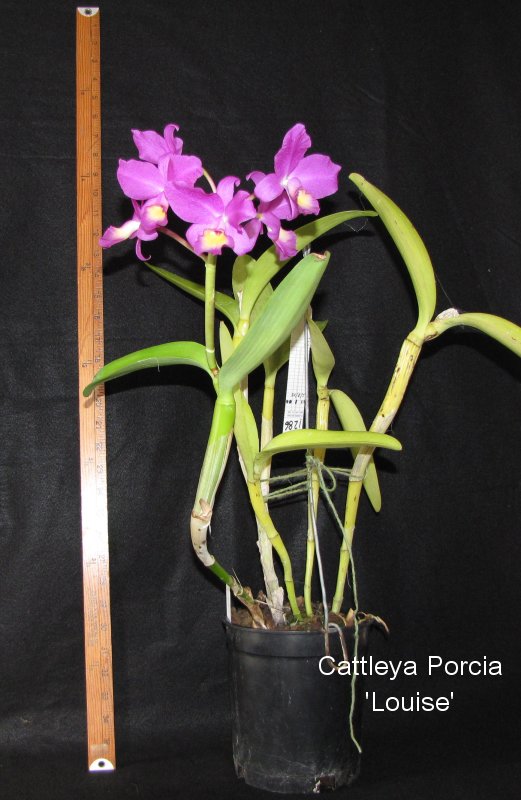
|
C. Porcia is an iconic hybrid in many greenhouses. It's a real challenge in a small greenhouse due to it's size. |
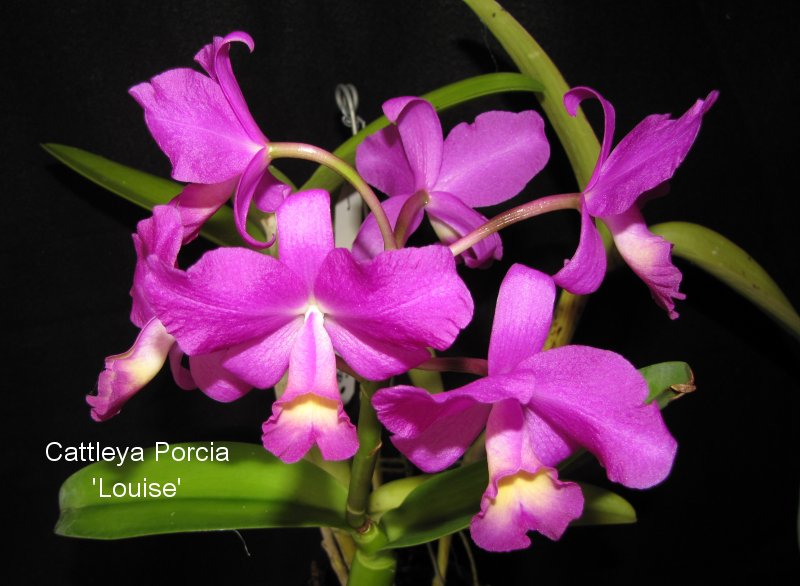
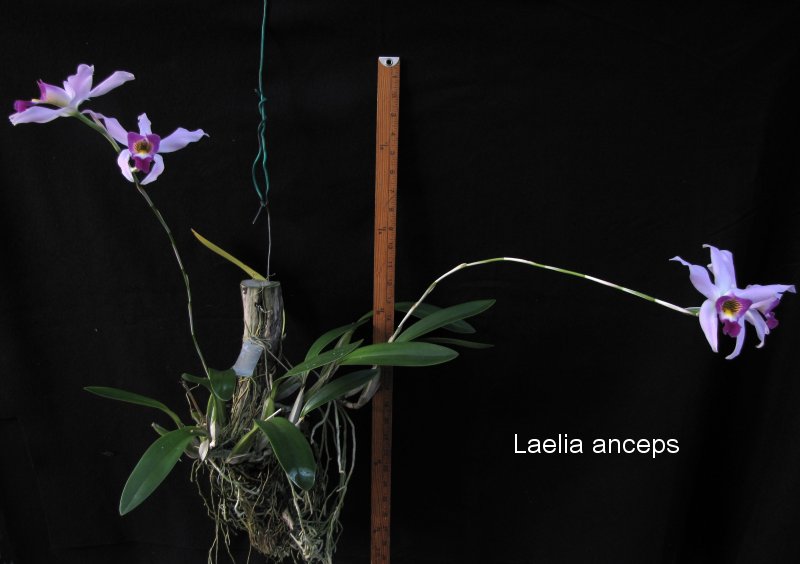
|
L. anceps (above and below) is the most common of the Mexican Laelias. They differ from Brazilian Laelias primarily in the long bloom stalks. |
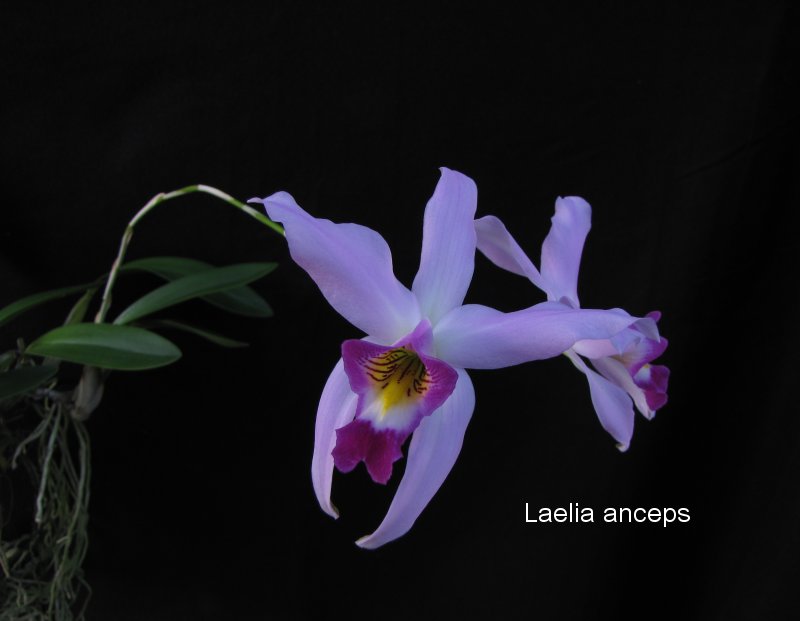

| L. perrini is typical of a Brazilian Laelia. |
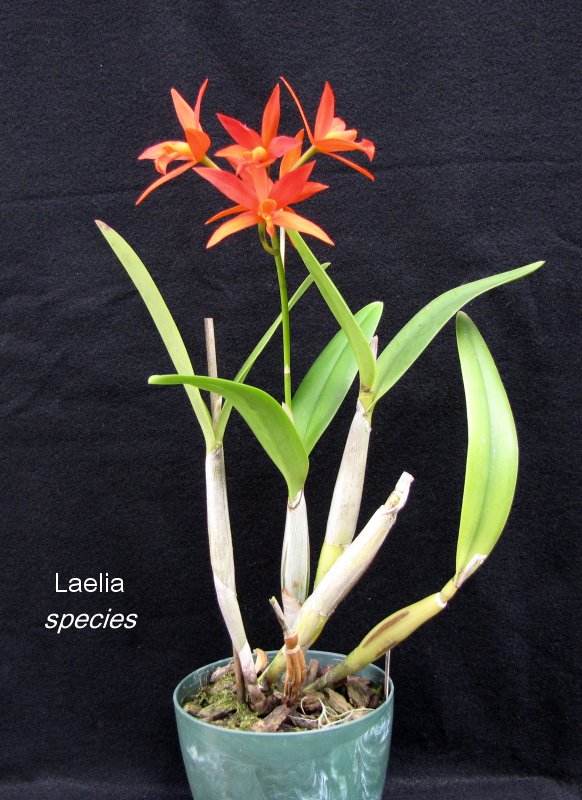
|
This Laelia (above and below) was sold to me as a species it's not. I've never figured exactly what it is. Likely a hybrid. |
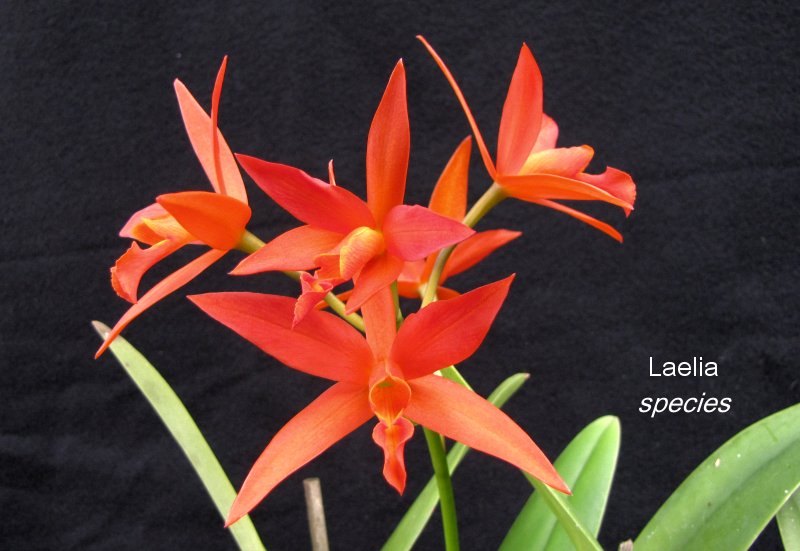
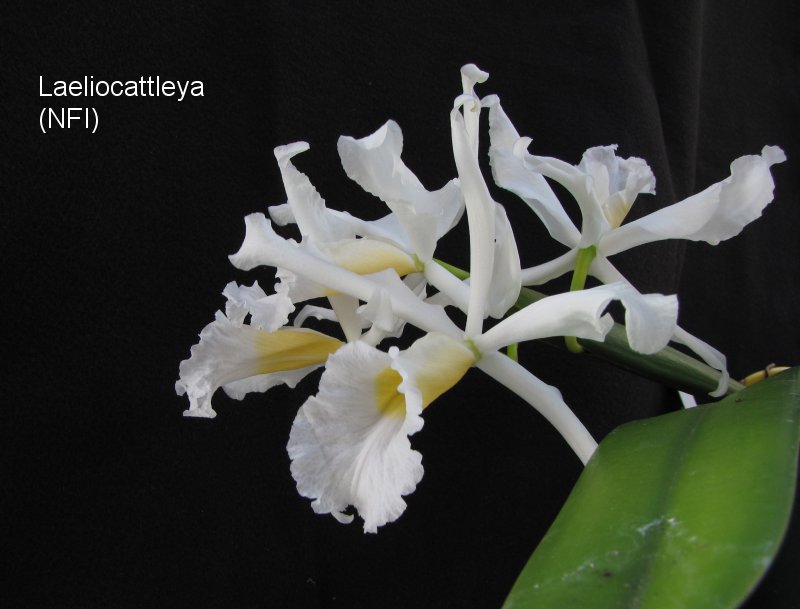
| Another lost tag plant. |
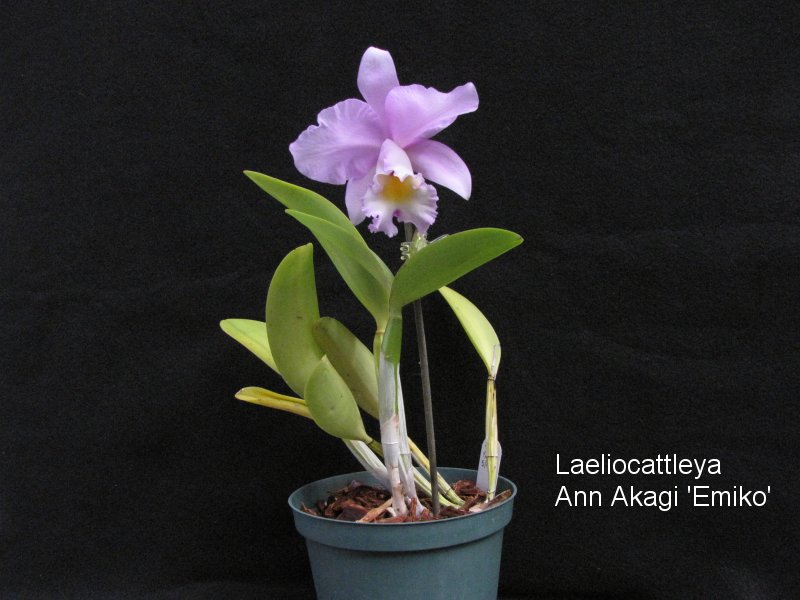
| A small attractive bloomer. |
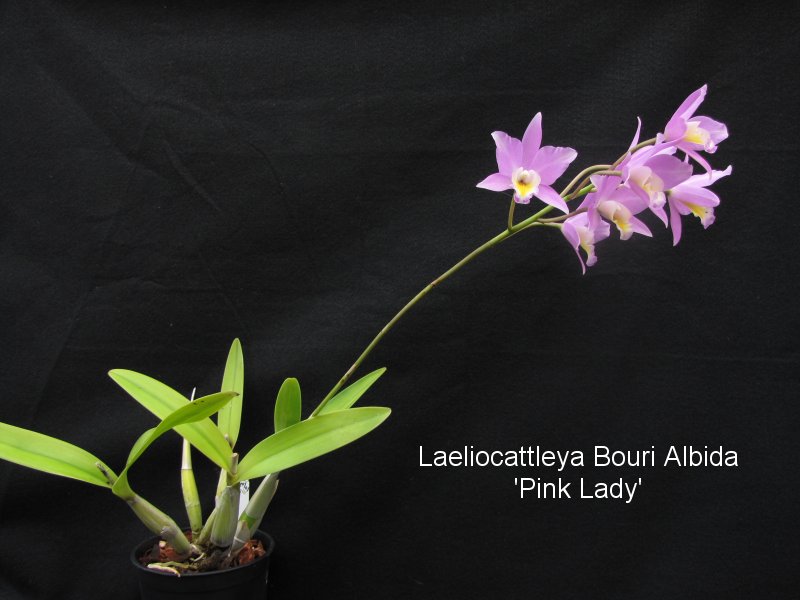
| Bouri Albida (above and below) maintains the blooming spike configuration of the Laelia parent. |
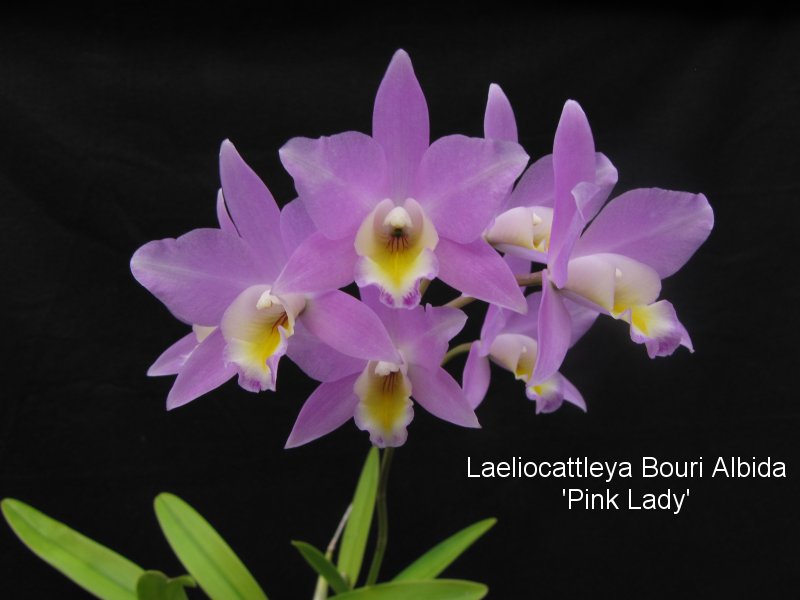
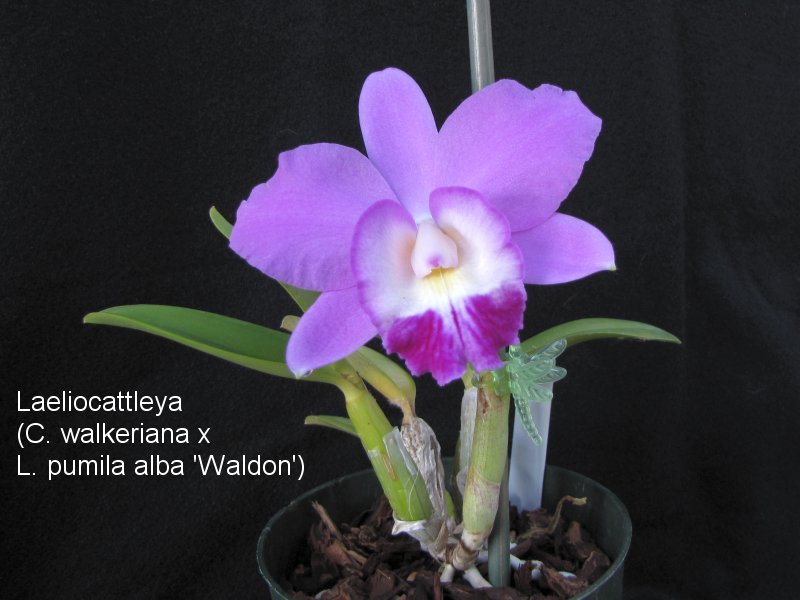
| A very dependable bloomer of a small plant with large bloom. |
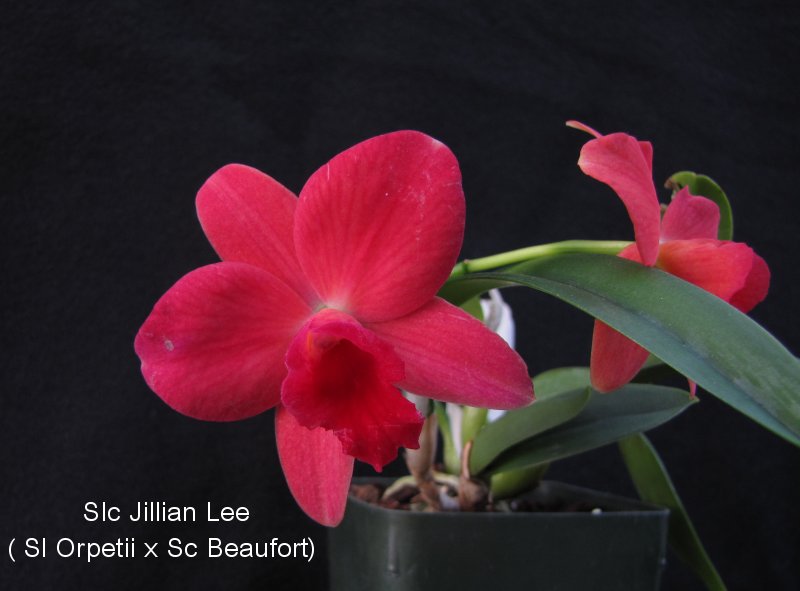
|
A common 3 genera hybrid of Sophronitis, Laelia, and Cattleya. |
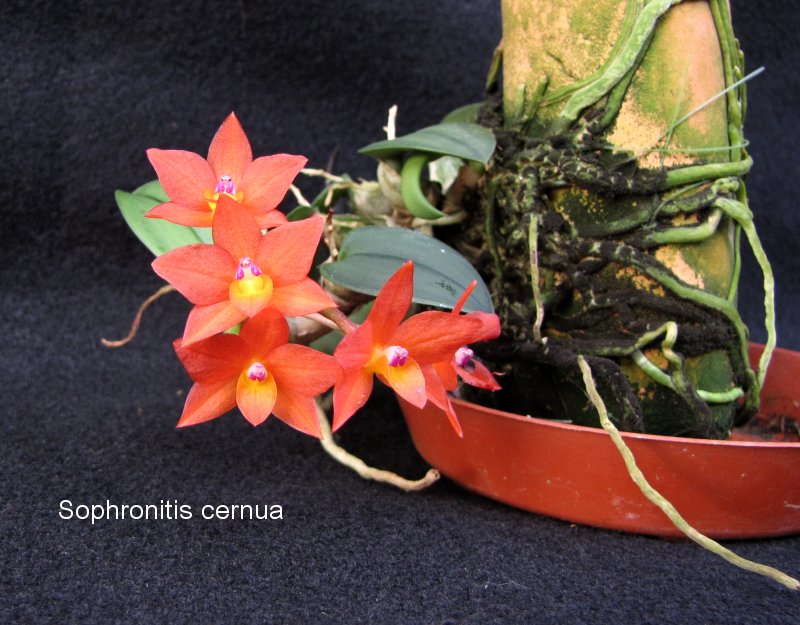
|
This modest little Sophronitis is commonly crossed with larger plants to produce it's red colors in the larger plant. |
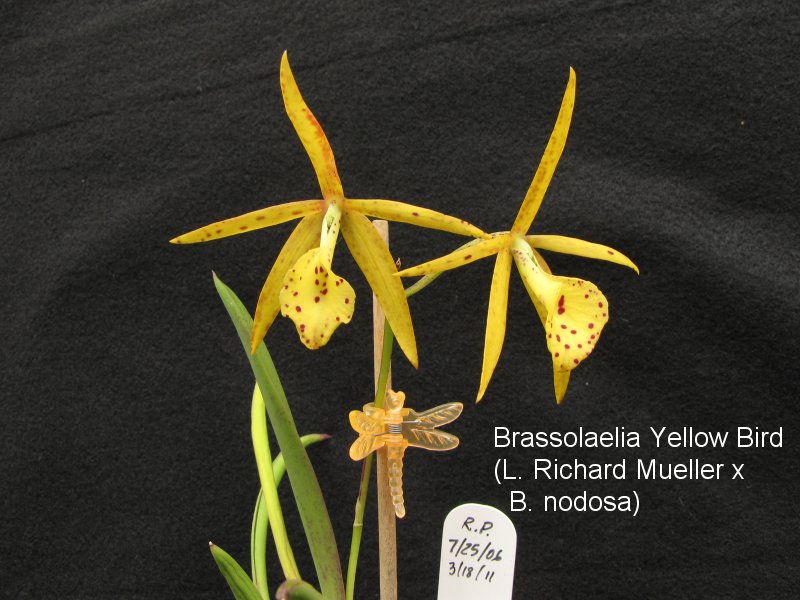
| Yellow Bird has the Brassovala shape and the color of the Laelia parent. |

|
Otaara is an hybrid genera combining Brassavola, Laelia, Cattleya, and Broughtonia. |